Showa-bashi Bridge (1)
There is a bridge called Showa-bashi in Sakaki Town, Nagano Prefecture. The bridge crosses the Chikuma River.
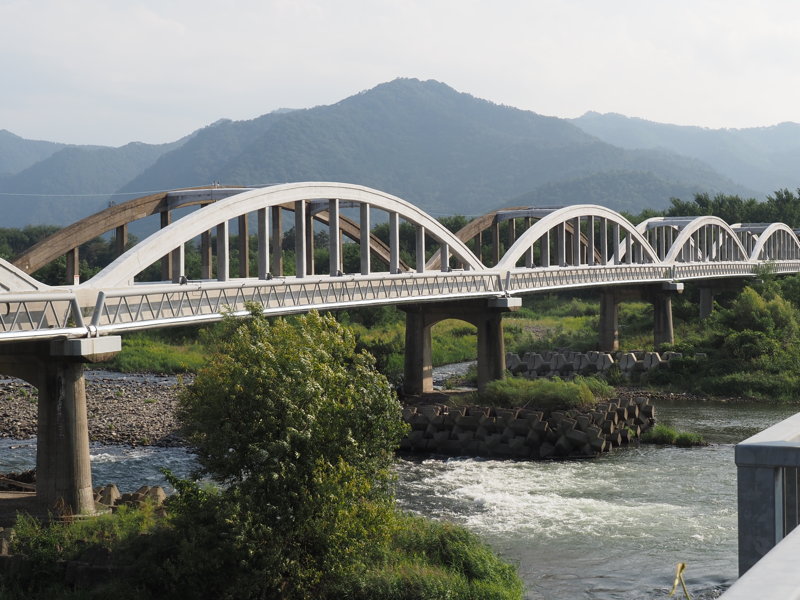
I had known of the existence of the bridge for a long time, as it is often seen when passing by on Route 18, but I had passed by it without checking its name or origin.
I had never crossed the bridge because I was hesitant to enter the bridge by car due to its narrow width.
The Showa-bashi Bridge is located here.
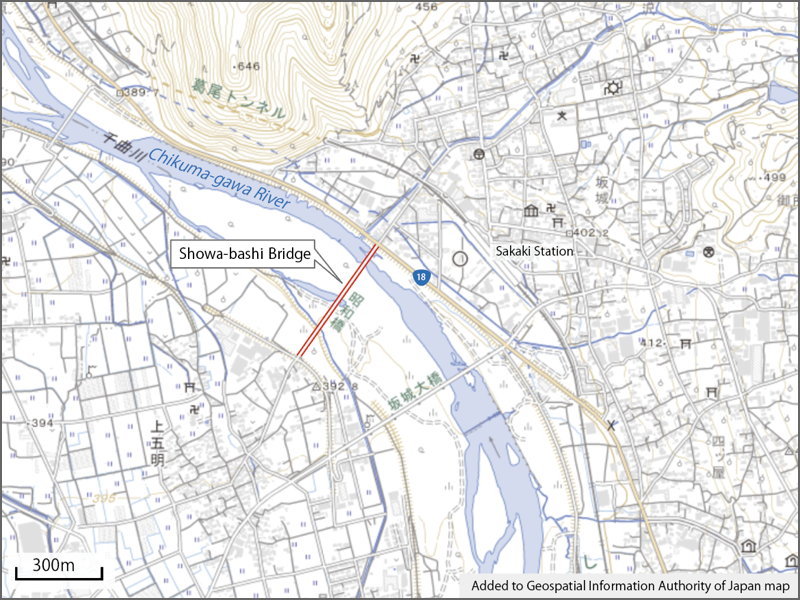
I looked up the bridge and found that it was recognized as a “Civil Engineering Heritage” bridge by the Japan Society of Civil Engineers in 2002.
The bridge was built in 1937. It is a Lohse bridge with reinforced concrete designed by Takeshi Nakajima, a road engineer in Nagano Prefecture.
At the time, steel materials were in short supply due to the war, so this method was considered in order to build the bridge without using steel members.
Lohse bridge is one of the types of arch bridges. Arch bridges are classified into several categories depending on which member take charge of resistance to bending.
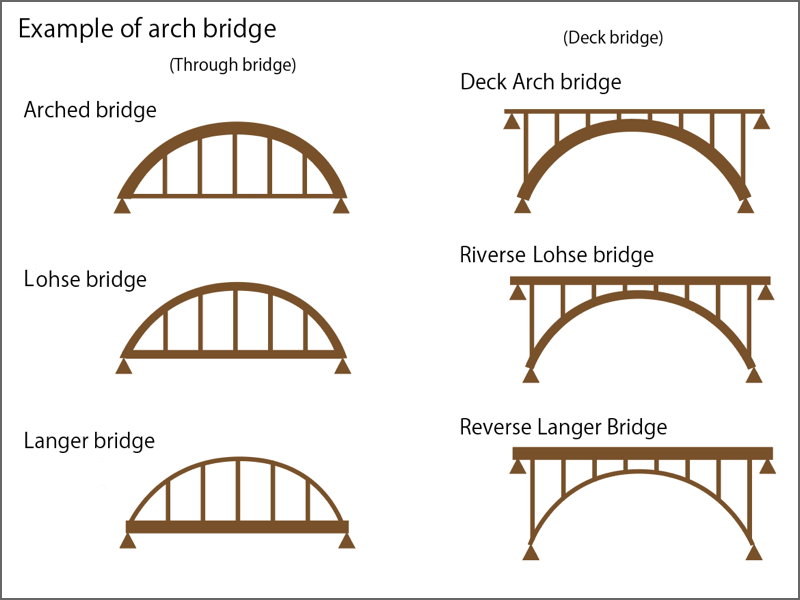
Arch bridges (top in the figure) are supported by the arch section, and Langer bridges are supported by the bridge girder section. While Lohse bridges are supported by both the arch and girder sections.
Since the members that resist bending are thicker, the appearance of the bridge is generally as shown in the figure above.
Although I mentioned the year of construction of the bridge at the beginning, the bridge was actually built in 1937 for three span sections on the Route 18 side, and the rest was built later.
The first bridge built at this location was a wooden bridge named “Showa-bashi” in 1928. The wooden bridge was often washed away by floods, and it was partially replaced by a reinforced concrete bridge.
As shown in the figure below, three spans were completed in 1937, followed by six spans in 1952. In 1964, the steel Gerber girder bridge was completed as the Bridge No.2.
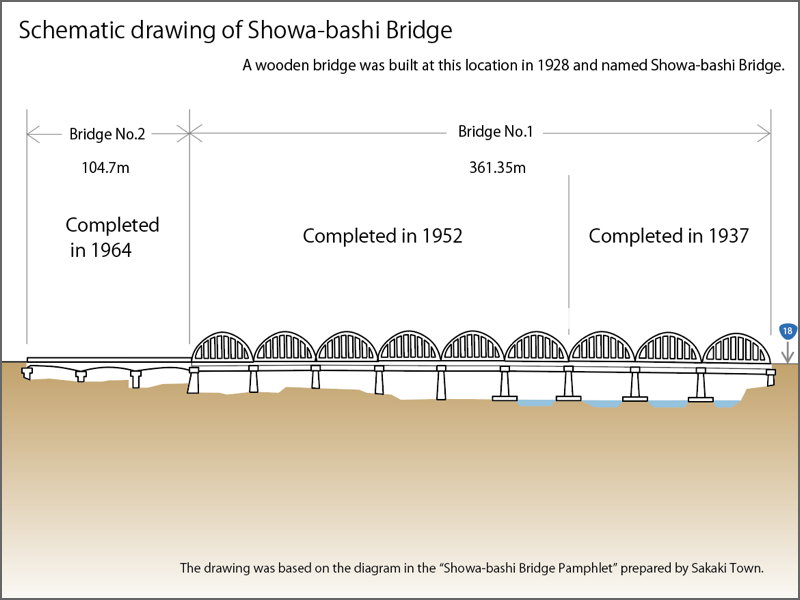
This time, I parked my car on the southwest side (left side in the above figure) and walked across the bridge.
Here is the southwest side of the Showa-bashi Bridge.
On the left newel is written “Showa-bashi” and on the right “Chikuma-gawa River” and a nameplate is attached at the arrow position.
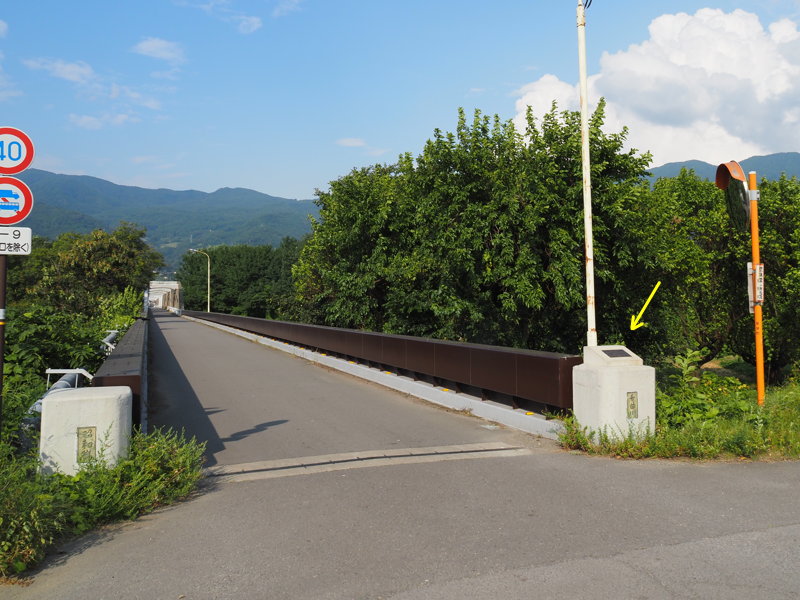
The nameplate is enlarged. It says, “Built by Tokyo Ishikawajima Ship Building & Engineering Co. Ltd in 1931″. What does the year mean?
This bridge on this side was supposed to have been built in 1964.
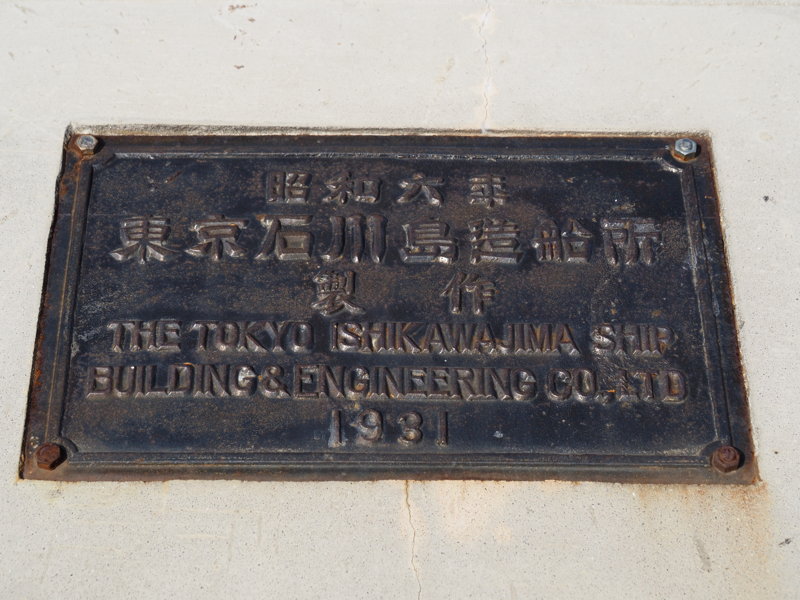
(This will be explained in the next article.)
After a short walk, I come to a reinforced concrete section. While I was walking, two or three cars passed by, but the width of the bridge is so narrow that they could barely pass each other.
The color of the concrete differs from place to place, but it has probably been repaired.
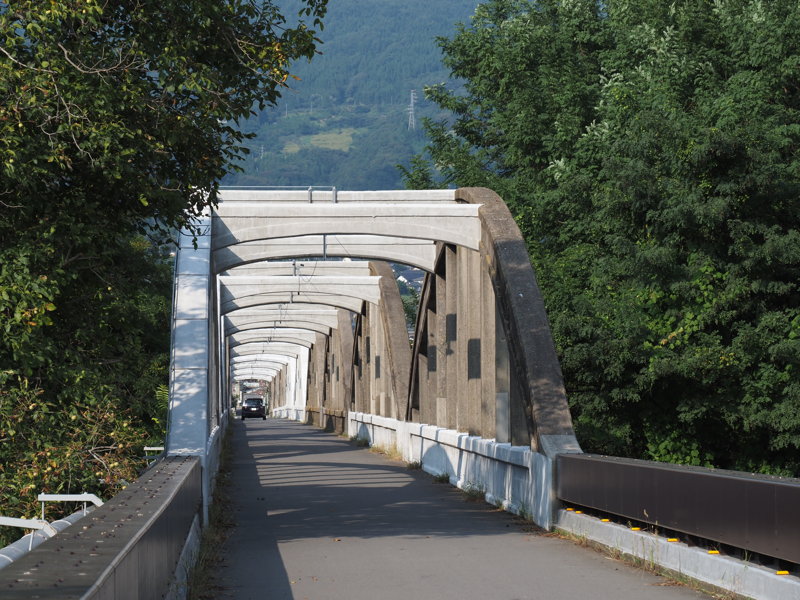
Walking along the reinforced concrete section.
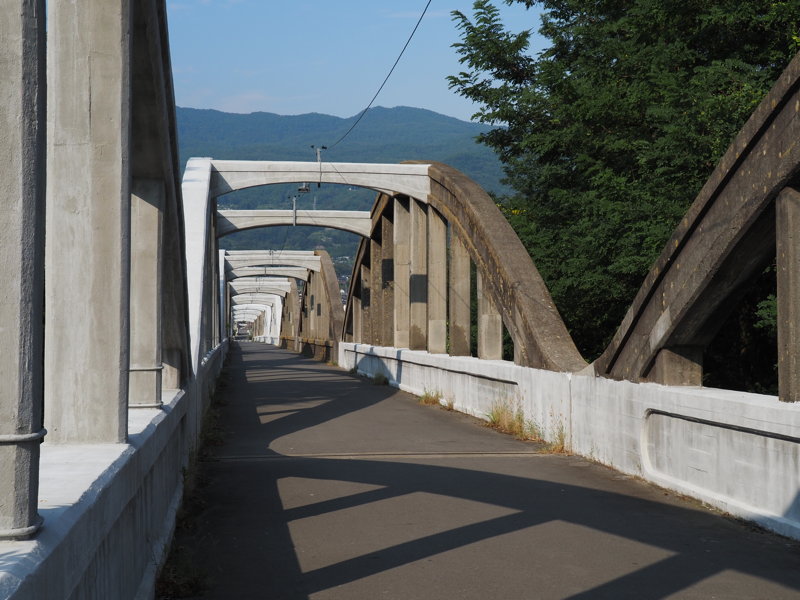
The lower part looks like it has been painted.
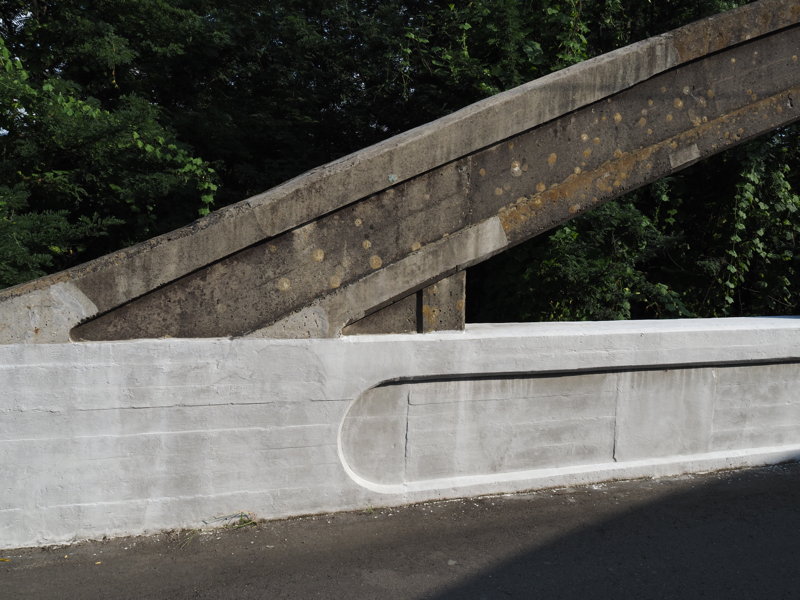
The view on the left. This is the downstream side of the Chikuma-gawa River.
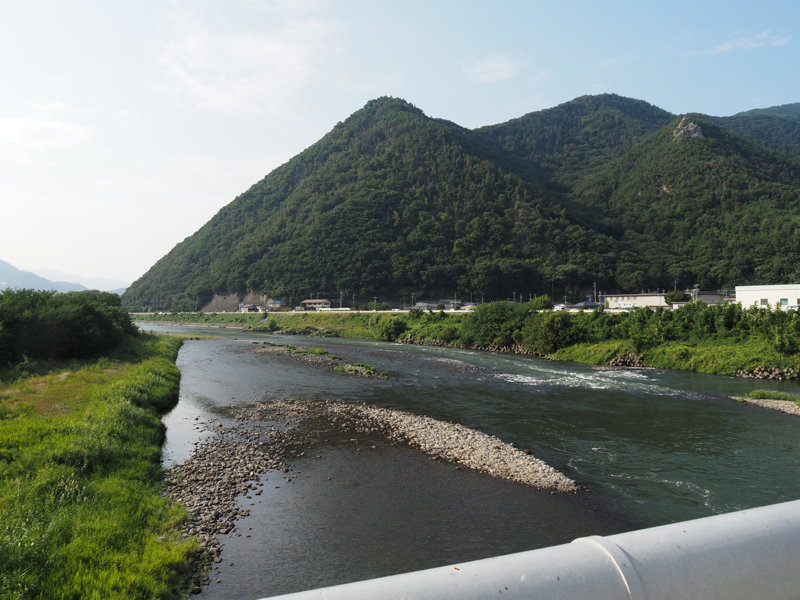
This is the right side. This is the upstream side of the Chikuma-gawa River.
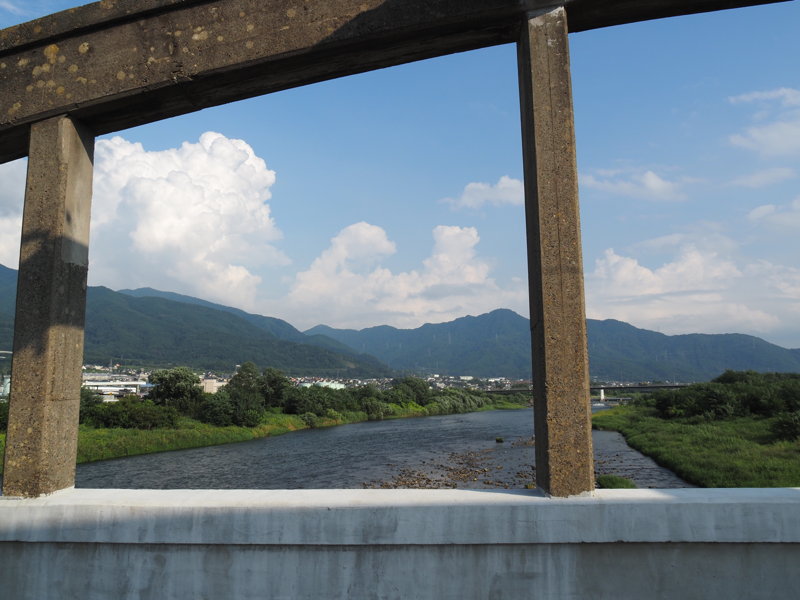
This part was built in 1937. Route 18 is on the other side of the bridge, and a traffic light can be seen small.
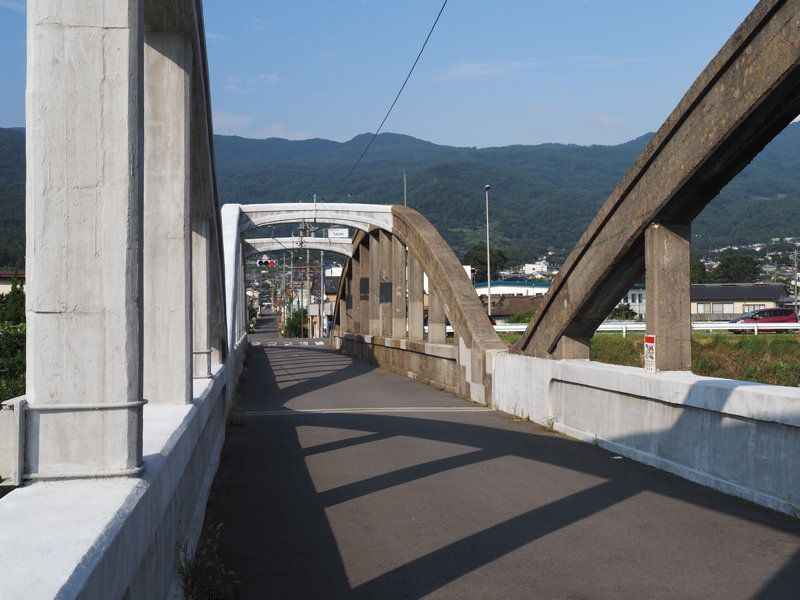
(To be continued)
[Reference]
“Sakaki Town History, Vol. 2 (History Edition 2) " (Sakaki Town History Publication Society/1981)
“Showa-bashi Bridge Pamphlet” (Sakaki Town / 2023)
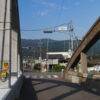
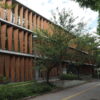
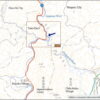
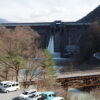
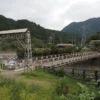
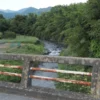
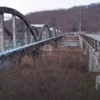
Discussion
New Comments
No comments yet. Be the first one!